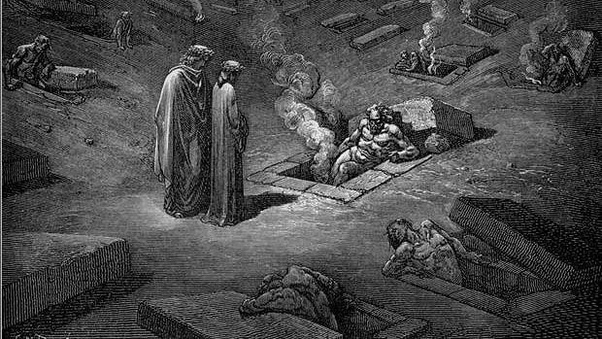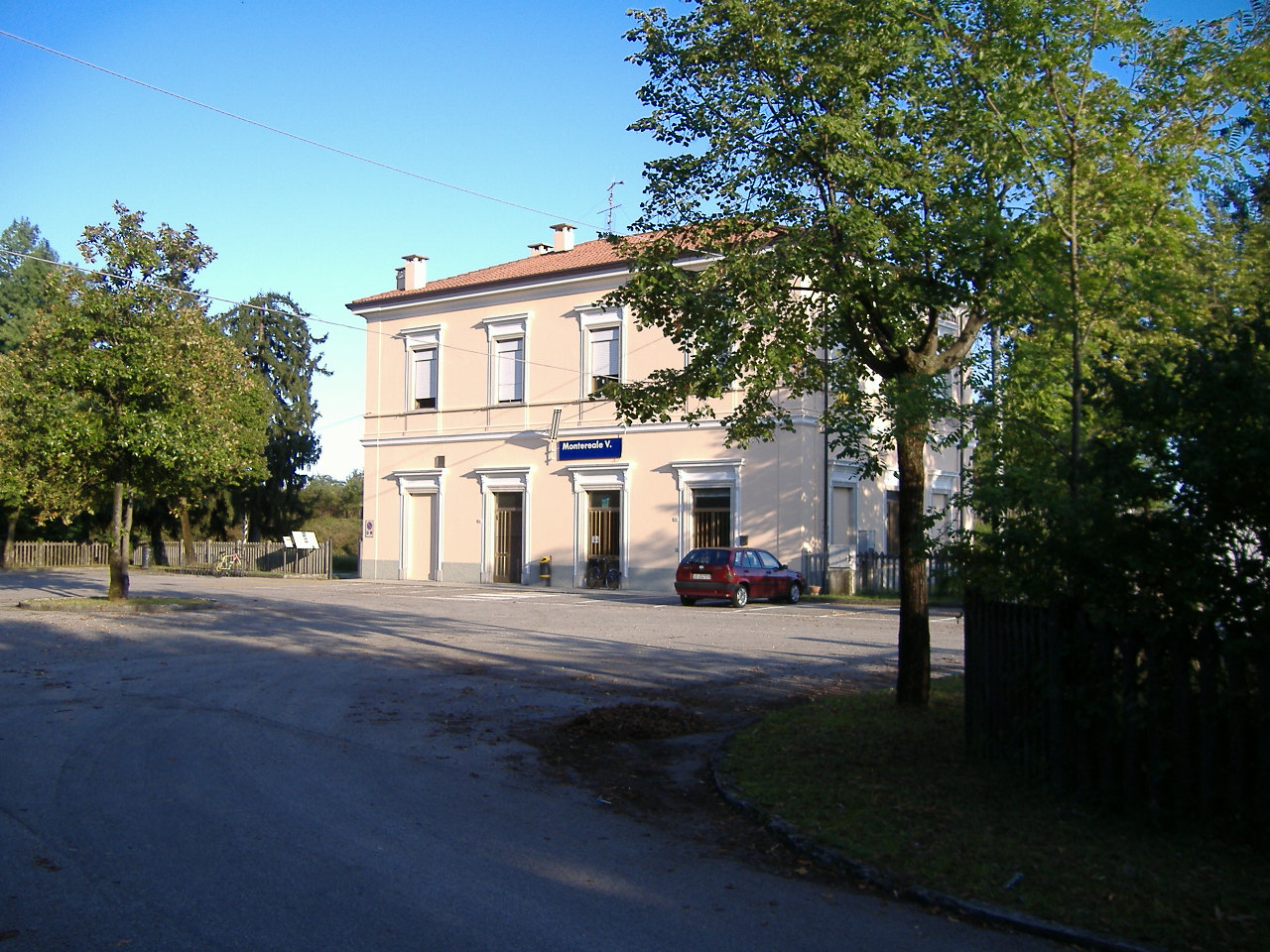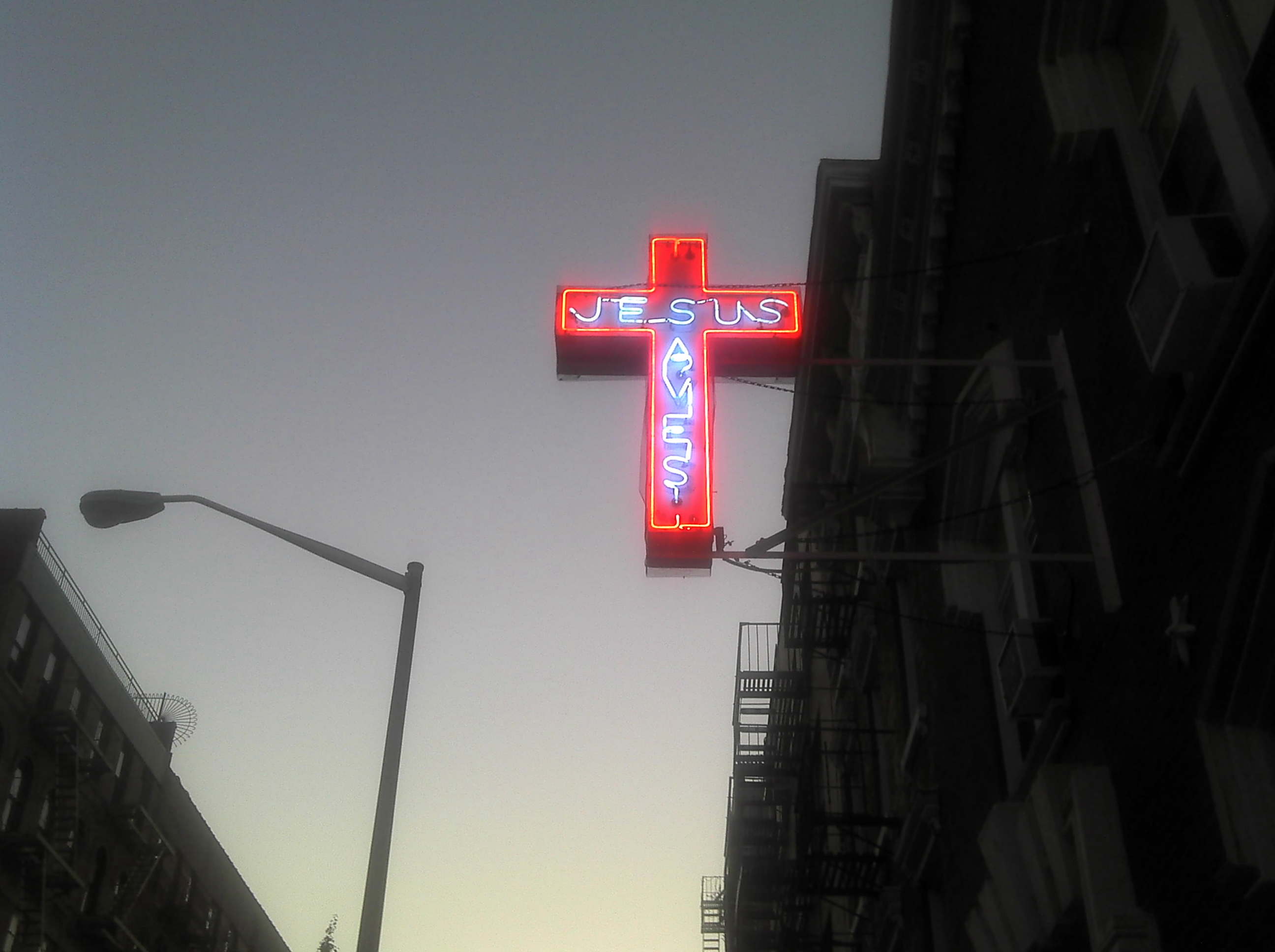|
Menocchio
Menocchio (Domenico Scandella, 1532–1599) was a miller from Montereale Valcellina, Italy, who was tried for heresy by the Roman Inquisition for his unorthodox religious views and then was burnt at the stake in 1599. The 16th-century life and mediaeval religious beliefs of Menocchio are known from the records of the Inquisition, and are the subject of ''The Cheese and the Worms'' (1976) by Carlo Ginzburg, as well as of the stageplay ''Menocchio'' (2002) by Lillian Garrett-Groag and the film ''Menocchio'' (''Menocchio the Heretic'') (2018) by Alberto Fasulo. Biography His parents were Zuane and Menega. He lived most of his life in Montereale, except for two years when he was banished from the town for brawling. He had learned to read and read a number of contemporary works on religion and history. From these, he developed his religious views that departed substantially from Catholic orthodoxy of the time. He was first tried for heresy in 1583, and abjured his statements in 1584 ... [...More Info...] [...Related Items...] OR: [Wikipedia] [Google] [Baidu] |
The Cheese And The Worms
''The Cheese and the Worms'' ( it, Il formaggio e i vermi) is a scholarly work by the Italian historian Carlo Ginzburg, published in 1976. The book is a notable example of cultural history, the history of mentalities and microhistory. It is "probably the most popular and widely read work of microhistory". The study examines the unique religious beliefs and cosmogony of Menocchio (1532–1599), also known as Domenico Scandella, who was an Italian miller from the village of Montereale, twenty-five kilometers north of Pordenone. He was from the peasant class, and not a learned aristocrat or man of letters; Ginzburg places him in the tradition of popular culture and pre-Christian naturalistic peasant religions. Due to his outspoken beliefs he was declared a heresiarch (heretic) and burned at the stake during the Roman Inquisition. Menocchio's life Education and cultural horizon Menocchio's literacy may be accounted for by the establishment of schools in the villages surrounding ... [...More Info...] [...Related Items...] OR: [Wikipedia] [Google] [Baidu] |
Lillian Garrett-Groag
Lillian Groag (born Liliana C. Groag) is an Argentine-American playwright, theater director, and actress. Her plays include ''The Ladies of the Camellias'', ''The Magic Fire'', and '' The White Rose''. Early life and career Lillian Groag was born in Buenos Aires, Argentina, to a Viennese father and an Italian mother. Her father had fled to Argentina in 1938 when Austria joined Nazi Germany. When Lillian was only 7 years old her family fled from Argentina to Montevideo, Uruguay, but this time they were fleeing from the Juan Domingo Perón dictatorship. Her father would die 7 years later in Uruguay. Lillian was schooled in Catholic boarding schools in both Argentina and Uruguay her entire life until she came to Lake Forest College in Chicago, United States, and the University of Dijon in France. She would later go on to earn masters and doctoral degrees in Romance Languages and Literature from Northwestern University. While attending both Lake Forest College and Northwestern she ... [...More Info...] [...Related Items...] OR: [Wikipedia] [Google] [Baidu] |
Carlo Ginzburg
Carlo Ginzburg (; born April 15, 1939) is an Italian historian and proponent of the field of microhistory. He is best known for ''Il formaggio e i vermi'' (1976, English title: ''The Cheese and the Worms''), which examined the beliefs of an Italian heretic, Menocchio, from Montereale Valcellina. In 1966, he published ''The Night Battles'', an examination of the ''benandanti'' visionary folk tradition found in sixteenth- and seventeenth-century Friuli in northeastern Italy. He returned to looking at the visionary traditions of early modern Europe for his 1989 book '' Ecstasies: Deciphering the Witches' Sabbath''. Life The son of Natalia Ginzburg, a novelist, and Leone Ginzburg, a philologist, historian, and literary critic, Carlo Ginzburg was born in 1939 in Turin, Italy. His interest for history was influenced by the works of historians Delio Cantimori and Marc Bloch. He received a PhD from the University of Pisa in 1961. He subsequently held teaching positions at the Univer ... [...More Info...] [...Related Items...] OR: [Wikipedia] [Google] [Baidu] |
Roman Inquisition
The Roman Inquisition, formally the Supreme Sacred Congregation of the Roman and Universal Inquisition, was a system of partisan tribunals developed by the Holy See of the Roman Catholic Church, during the second half of the 16th century, responsible for prosecuting individuals accused of a wide array of crimes according to Roman Catholic law and doctrine, relating to catholic religious life or alternative religious or secular beliefs. It was established in 1542 by the leader of the Roman Catholic Church, Pope Paul III. In the period after the Medieval Inquisition, it was one of three different manifestations of the wider Catholic Inquisition along with the Spanish Inquisition and Portuguese Inquisition. Function and functioning Main function of the institution was to maintain and implement papal bulls and other church rulings, in addition to their function of administering legalistic ramifications upon deviants of Catholic orthodoxy within states that cooperated with the pope ... [...More Info...] [...Related Items...] OR: [Wikipedia] [Google] [Baidu] |
Heresiarch
In Christian theology, a heresiarch (also hæresiarch, according to the ''Oxford English Dictionary''; from Greek: , ''hairesiárkhēs'' via the late Latin ''haeresiarcha''Cross and Livingstone, ''Oxford Dictionary of the Christian Church'' 1974) or arch-heretic is an originator of heretical doctrine or the founder of a sect that sustains such a doctrine. Examples * Marcion, the founder of Marcionism * Arius, the founder of Arianism * St. Augustine refers to Mani, the founder of Manichaeism, as a heresiarch. * Menocchio, an Italian miller who was burned at the stake in 1599 * Catholics, especially traditionalist Catholics such as Hilaire Belloc, consider Martin Luther, John Calvin, and other leaders of the Protestant Reformation to be arch-heretics. * Conversely, some fundamentalist Protestants (including Alexander Hislop and Charles Chiniquy) have used the term to refer to the papacy and the members of the Roman Curia. * Martin of Armenia, the fictional founder of the Old ... [...More Info...] [...Related Items...] OR: [Wikipedia] [Google] [Baidu] |
Montereale Valcellina
Montereale Valcellina ( fur, Montreâl) is a ''comune'' (municipality) in the northeast Italian region Friuli-Venezia Giulia. The comune is located about northwest of Trieste and about north of Pordenone. The comune was formerly part of the Province of Pordenone until its dissolution in 2017. Montereale Valcellina borders the following municipalities: Andreis, Aviano, Barcis, Maniago, San Quirino. History Montereale was the birthplace (1532) of the miller and philosopher Menocchio, whom the historian Carlo Ginzburg discussed in his now-classic work of microhistory entitled, ''The Cheese and the Worms: The Cosmos of a Sixteenth-Century Miller'', first published in Italian in 1976 and in English in 1980. Notable people * Tommaso Toffoli, professor at Boston University Boston University (BU) is a Private university, private research university in Boston, Massachusetts. The university is nonsectarian, but has a historical affiliation with the United Methodist Churc ... [...More Info...] [...Related Items...] OR: [Wikipedia] [Google] [Baidu] |
Miller
A miller is a person who operates a Gristmill, mill, a machine to grind a grain (for example corn or wheat) to make flour. Mill (grinding), Milling is among the oldest of human occupations. "Miller", "Milne" and other variants are common surnames, as are their equivalents in other languages around the world ("Melnyk (surname), Melnyk" in Russian language, Russian, Belorussian language, Belorussian & Ukrainian language, Ukrainian, "Meunier (other), Meunier" in French language, French, "Müller (surname), Müller" or "Mueller (surname), Mueller" in German language, German, "Mulder" and "Molenaar" in Dutch language, Dutch, "Molnár" in Hungarian language, Hungarian, "Molinero" in Spanish language, Spanish, "Molinaro" or "Molinari" in Italian language, Italian etc.). Milling existed in hunter-gatherer communities, and later millers were important to the history of agriculture, development of agriculture. The materials ground by millers are often foodstuffs and particularly c ... [...More Info...] [...Related Items...] OR: [Wikipedia] [Google] [Baidu] |
Atonement In Christianity
In Christianity, salvation (also called deliverance or redemption) is the "saving fhuman beings from sin and its consequences, which include death and separation from God" by Christ's death and resurrection, and the justification following this salvation. While the idea of Jesus' death as an atonement for human sin was recorded in the Christian Bible, and was elaborated in Paul's epistles and in the Gospels, Paul saw the faithful redeemed by participation in Jesus' death and rising. Early Christians regarded themselves as partaking in a new covenant with God, open to both Jews and Gentiles, through the sacrificial death and subsequent exaltation of Jesus Christ. Early Christian notions of the person and sacrificial role of Jesus in human salvation were further elaborated by the Church Fathers, medieval writers and modern scholars in various atonement theories, such as the ransom theory, Christus Victor theory, recapitulation theory, satisfaction theory, penal substitut ... [...More Info...] [...Related Items...] OR: [Wikipedia] [Google] [Baidu] |
People Executed By The Papal States By Burning
A person ( : people) is a being that has certain capacities or attributes such as reason, morality, consciousness or self-consciousness, and being a part of a culturally established form of social relations such as kinship, ownership of property, or legal responsibility. The defining features of personhood and, consequently, what makes a person count as a person, differ widely among cultures and contexts. In addition to the question of personhood, of what makes a being count as a person to begin with, there are further questions about personal identity and self: both about what makes any particular person that particular person instead of another, and about what makes a person at one time the same person as they were or will be at another time despite any intervening changes. The plural form "people" is often used to refer to an entire nation or ethnic group (as in "a people"), and this was the original meaning of the word; it subsequently acquired its use as a plural form of per ... [...More Info...] [...Related Items...] OR: [Wikipedia] [Google] [Baidu] |
Executed Italian People
Capital punishment, also known as the death penalty, is the state-sanctioned practice of deliberately killing a person as a punishment for an actual or supposed crime, usually following an authorized, rule-governed process to conclude that the person is responsible for violating norms that warrant said punishment. The sentence ordering that an offender is to be punished in such a manner is known as a death sentence, and the act of carrying out the sentence is known as an execution. A prisoner who has been sentenced to death and awaits execution is ''condemned'' and is commonly referred to as being "on death row". Crimes that are punishable by death are known as ''capital crimes'', ''capital offences'', or ''capital felonies'', and vary depending on the jurisdiction, but commonly include serious crimes against the person, such as murder, mass murder, aggravated cases of rape (often including child sexual abuse), terrorism, aircraft hijacking, war crimes, crimes against hum ... [...More Info...] [...Related Items...] OR: [Wikipedia] [Google] [Baidu] |
1599 Deaths
__NOTOC__ Events January–June * January 8 – The Jesuit educational plan, known as the '' Ratio Studiorum'', is issued. * March 12 – Robert Devereux, 2nd Earl of Essex, is appointed Lord Lieutenant of Ireland, by Queen Elizabeth I of England. * April 23 – The Earl of Essex arrives in Dublin at the head of 16,000 troops, the largest army ever seen in Ireland. * May 16 – The Kalmar Bloodbath takes place in Kalmar, Sweden. * May 29 – Essex takes Cahir Castle, supposedly the strongest in Ireland, after a short siege. * June 20 – The Synod of Diamper is convened. July–December * July – Second Dutch Expedition to Indonesia: A Dutch fleet returns to Amsterdam, carrying 600,000 pounds of pepper and 250,000 pounds of cloves and nutmeg. * July 24 – Swedish King Sigismund III Vasa is dethroned by his uncle Duke Charles, who takes over as regent of the realm until 1604, when he becomes King Charles IX. * August 15 – First Battle of Curlew Pass: Iri ... [...More Info...] [...Related Items...] OR: [Wikipedia] [Google] [Baidu] |




_1938.jpg)

